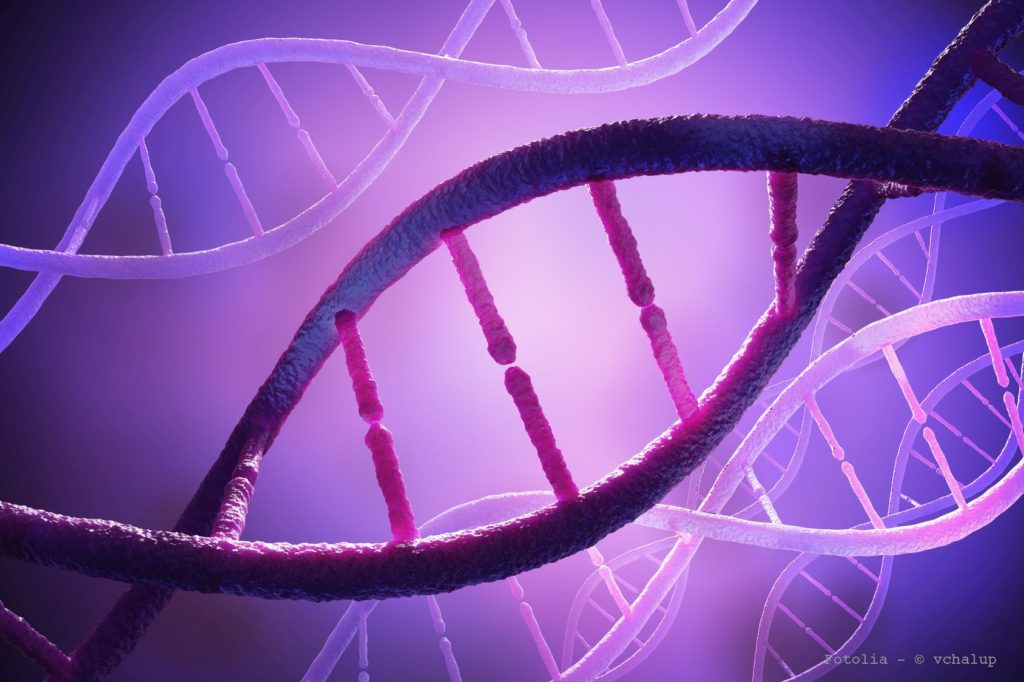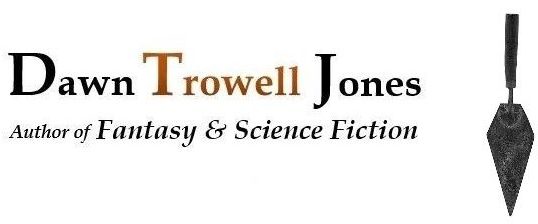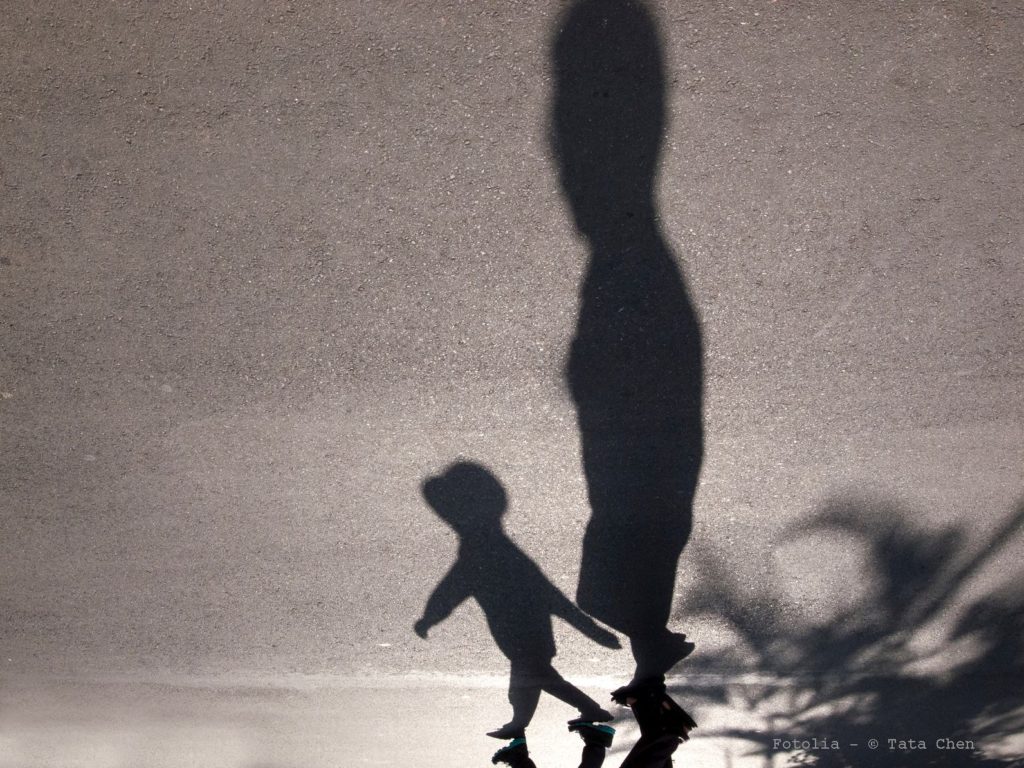 It was not what I expected after such a long period of trying to be deliberate. And it was only a small insight. But it made me laugh out loud, happy to know my brain could still process information without me having to force it. In my work, especially lately, it’s been “look up this,” “hang on to that,” and “double-check the meaning of this other thing.” Nice to see my brain working on its own project, of its own accord. No matter where it took me.
It was not what I expected after such a long period of trying to be deliberate. And it was only a small insight. But it made me laugh out loud, happy to know my brain could still process information without me having to force it. In my work, especially lately, it’s been “look up this,” “hang on to that,” and “double-check the meaning of this other thing.” Nice to see my brain working on its own project, of its own accord. No matter where it took me.
Attention spans are short these days. I understand. Mine, too. Because of this I will spell something out right now: this is a true story of several ideas coming together unconsciously, tied with a string of suppressed emotion. It’s a story and a poem. You’ll see.
I’d been dreading going through my desk papers. The mess didn’t speak well of me and the whole “ordered workspace/ordered mind” ethic. As a further insult, I needed to locate a couple of pop-science magazine articles in there; they’d helped inspire a recent short story of mine. Not sure why I wanted them – the story’s written – but maybe just to file away someplace, like my father and his newspapers, a huge pile of them in a wicker chair. He liked to thumb through them, pull one out to support some point he’d made. “No need, Dad,” I’d tease. “I believe you!”
 So, I tugged out a few papers that looked remotely magazine-like, from the bottom where just their edges flapped out, slick like magazines are slick. I slapped four issues onto the floor next to my desk, open to the pages I’d last read, words staring up at me like “the Pygmalion Effect”, “Quantum Schnozz”, and “Ceres and Pluto don’t seem to have much in common….”
So, I tugged out a few papers that looked remotely magazine-like, from the bottom where just their edges flapped out, slick like magazines are slick. I slapped four issues onto the floor next to my desk, open to the pages I’d last read, words staring up at me like “the Pygmalion Effect”, “Quantum Schnozz”, and “Ceres and Pluto don’t seem to have much in common….”
There they lay. For weeks. One had caught my eye, though, and I kept thinking I should re-read it – just the sort of thing one thinks when there’s work to do. Sometimes, when I jumped up to heat my tea, or to file my mother’s bills, I’d trip over those magazines on the floor. Once, one of my cats, the more melodious of the two (not at all melodious) hunkered down on top of it, the exact article I’d been eyeing, and chewed the edge, shredded it. I fussed, “Scat cat!” and she ran!
As I said, this went on for weeks. There was the title – “Born to Be Mild” – and a painting of cavemen next to it and a photograph of a Russian domesticated fox cradled in an old woman’s arms. I couldn’t recall the specifics of the article and it distressed me.
I walked about the house. I’d write or edit, check social media, then go reheat tea for the hundredth time, talking to myself, thinking thoughts.
One of those thoughts concerned a science fair project from when I was twelve.
And that seemed odd to me. The project kept cropping up, day after day. I even mentioned it to my husband — the memory is riddled with conflicted emotions. It wasn’t a “proper” science fair project, you see, more of a report, and yet I won third-place prize at my junior high. Even after so much time, it still bothered me (ridiculous, I know) that I might have received favorable treatment because my father was the school’s principal. Or if not, that the other projects had been seriously lacking, which would have been sad for different reasons. But… you know, it might simply have been that the topic had interested the judges, even though I’d handled it improperly.
Around 1982-1983, at age twelve, I read Omni Magazine all the time. We had a subscription – my Dad’s doing, I’m sure. He subscribed to Asimov’s Science Fiction, too, though I never saw him read it. The old sci-fi books throughout the house were all his.
The Omni article that had inspired my “report” addressed something then called the “neotenic gene theory”. Neoteny itself (adults with juvenile traits) was not a new concept to biology at that time. The whys have been the kicker. In human evolution, neoteny shows in our larger head-to-body ratio, larger eyes, less hair, upright posture, and greater intellectual plasticity. Current pop-culture references to the idea can be found in some of those ancient-alien pseudo-documentaries on the History Channel (always a hoot). If you take a software program that ages images of people (police use them to help identify missing persons), apply it to an image of a young adult, and run it backwards, you’ll eventually see a creature that greatly resembles the “little grays”. If you run the program the other way, well beyond old age, the figure will start to resemble our evolutionary ancestors. But we evolved into modern humans very quickly. Science has had a difficult time accounting for how this came about, given the normally slow pace of genetic mutation.
The neotenic gene theory posited that, in order to account for so many changes so fast, perhaps only one gene has been changing, and this gene affects a cluster of traits. But that was thirty-seven years ago.
And stewing over all that during this weeks-long magazines-on-the-floor saga reminded me of a pet theory of my own, from my twenties. Admittedly, it was a bit biased in my favor. My theory asserted that anxiety itself has been a major driver of human evolution. To me, it seemed obvious that anxiety (within manageable limits) would form a beneficial feedback loop: those with higher anxiety levels would likely spot the lion because they were already expecting it, and live longer – long enough to make and protect more babies – while the mellower types got eaten. Perhaps anxiety had even reinforced our upright posture: it’s easier to keep an eye out for lions in the tall savanna grass if standing tall. Ta-da! There you have it!
I thought of these things – my junior-high project, my pet theory, and Dad – repeatedly as I stepped over those magazines, not reading them, fussing at the cats for chewing them, pacing the house, and getting things done.
A few days ago, I sat down, and picked up the one I’d eyed, and read it.
 This was an issue of Discover Magazine that came out in August of 2015. That’s probably when I first read the article before burying the magazine on my desk. Three-and-a-half years ago. That year, 2015, was a great year, one of the happiest I’ve known – I’d just finished writing my first novel.
This was an issue of Discover Magazine that came out in August of 2015. That’s probably when I first read the article before burying the magazine on my desk. Three-and-a-half years ago. That year, 2015, was a great year, one of the happiest I’ve known – I’d just finished writing my first novel.
And the following Spring, 2016, my father turned a very fit eighty years old. We’d been getting along for a while, too, which I loved. During the months before his eightieth birthday, he’d spoken on the phone of some physical problems, but mostly sounded good. The doctor’s staff had been rude to him, he’d said; fed up, he’d informed them how he’d been a loyal patient for decades and deserved a good deal more respect. You tell ’em, I said! Dad was tall, handsome, and meticulously civil. He carried himself with dignity. After tax season ended that April (I worked at H&R Block), we talked again, as usual. He told me he still felt a little ill, but his doctors didn’t appear concerned. There were several very specific symptoms but apparently the source was a mystery to them – just “old age” – though at times his “symptoms” made him late for appointments, which irritated the staff. Sometime around June, my sister, a veterinary technician, noticed he was jaundiced and rushed him to the hospital. He had cancer, a specialist announced. Pancreatic cancer. The treatments wouldn’t work for him: too late. Though fit, he was too elderly. I felt the specialist’s sadness. We prepared. A product of the Great Depression, Dad admired preparedness, and so the busywork pleased him, as far as one could feel pleased with a death sentence. I helped him get his affairs in order before the disease took his mind. I told him I’d explain anything he wanted me to explain, or nothing, if he preferred. With trust in me, he nodded solemnly, and chose not to know. And then he died, November 6th of 2016, still eighty. On the road back to my home town, I told my sister of Trump’s win, a man so unlike my father, it hurt. Exhaustion had softened her voice: “You’re kidding….”
“Born to Be Mild” – the article from the floor – was written by a freelance journalist named Zach Zorich, and in it he talks about the self-domestication of man. Zorich says: “The behavior that really distinguishes humans from other primates is that we can sit quietly in a theater full of strangers – dozens or even hundreds of us – and not fight or impregnate anybody by the end of the show.” He goes on to quote a paleoanthropologist at Duke University, Steven Churchill: “If you put a hundred strange chimpanzees in a room, there would be bloodshed.” The ability “to put up with each other” and a spirit of cooperation have been key to our development, Zorich explains.
Next, he discusses the domestication of dogs. An experiment conducted by Russian scientist Dmitry Belyaev led Belyaev and other researchers to document “unintended consequences” from breeding wild foxes for tameness – these consequences are known as “domestication syndrome” (and involve an untold number of genes). For instance, the foxes had become good at interpreting human gestures, a behavior the researchers had not anticipated.
Zorich then introduces Brian Hare, an evolutionary anthropologist also at Duke, who noted that the traits of adult domesticated animals (physical and behavioral) resemble those in juveniles of their undomesticated ancestors. In a word: neoteny, but he doesn’t say “neoteny”. Bonobos (apparently the closest relative of chimpanzees) look like juvenile chimpanzees. Hare suspected that the reason for the mild manners (and striking friendliness) of bonobos, as well as that of early humans, may have been a result of “self-domestication”: natural selection for more cooperative behavior, or tameness.
Other anthropologists, Zorich says, noted that changes in early-human bone and teeth structure reflected a decrease in aggression in males over time – such as a reduction in tooth size and sharpness, a reduction found universally in domesticated animals. Turns out, females may have been choosing mates with smaller canines.
Finally, the author notes that this change may be tied to a change in the release of the hormones cortisol and testosterone during times of stress. Bonobos, when they expect to have to fight for food, show a spike in cortisol, while chimpanzees show a spike in testosterone. Cortisol is “associated with fear and anxiety.”
— Did I mention my father once attended Duke for graduate-level studies in Russian history? —
It’s fascinating the way different theories, even if off, like the neotenic gene theory, might nevertheless draw from a single important idea, in this case, that a clustering of traits tied to some specific advantage can spur numerous genetic changes at once, and then further snowball the evolutionary drive in a particular direction. We’re the result. Neotenic gene theory, my little pet theory about anxiety’s role in evolution, and the fascinating insights of these scientists highlighted by journalist Zach Zorich – they connect. They fit! How wonderful! As soon as I finished re-reading the article and realized this, and realized my brain had been trying to tell me about it for weeks, I laughed out loud!
But I’ve neglected to mention something here, something important. My father suffered from anxiety. He was never diagnosed with the disorder, but I saw him fight it. Therein lies the personal connection, my all-too-human emotions that tie all of this together. Dad’s father, almost as tall but not as civil, couldn’t leave the house, had been disabled by his mental illness. I never met the man. Officials of the era had declared my grandfather an “invalid”. Dad, the one son with three sisters, told me about this only within the last few years of his life. Though he’d held this label close to his chest, he repeated it to me several times, and as he did, I came to understand that not only had he feared his father but feared for him: “not valid“.
Dad and I had a combative relationship, particularly when I was young, especially after I hit the age of ten and showed a strong independent interest in science. This bothered him – I wasn’t interested in looking where he wanted to point. Lots of battles, battles involving pride and hurt feelings. He’d shout, “Think, Dawn, just think!” He’d present me with a problem to solve, any kind of problem, and then while yelling in exasperation, he’d show me how he could solve it better, faster. Later, I figured out he’d been omitting important data from these problems! Oh, Dad. But from this experience, I learned inference. I learned how to get a lot out of minimal information.
I’m now a grown woman who is profoundly grateful to her father; he was truly a gentle man — much gentler than his own father. A good man. The devil is in the details, they say. Sometimes, the devil is in how details link, how the pieces come together. Like the “strange attractors” of chaos theory, perhaps, the links tell us a story through other stories, as they draw together with force. That is why fiction is so invaluable to us. And how a mind can be a funny thing.
The Omni Magazine article from 1982-1983 (?) is long gone. Given the time frame, I feel it must have been Omni, and not some other magazine. Later, my parents subscribed to others, but never one quite as beautiful.
“Born to Be Mild — Are human beings evolution’s most successful story of self-domestication?” by Zach Zorich, Discover Magazine, July/August 2015, pgs. 90-92.

